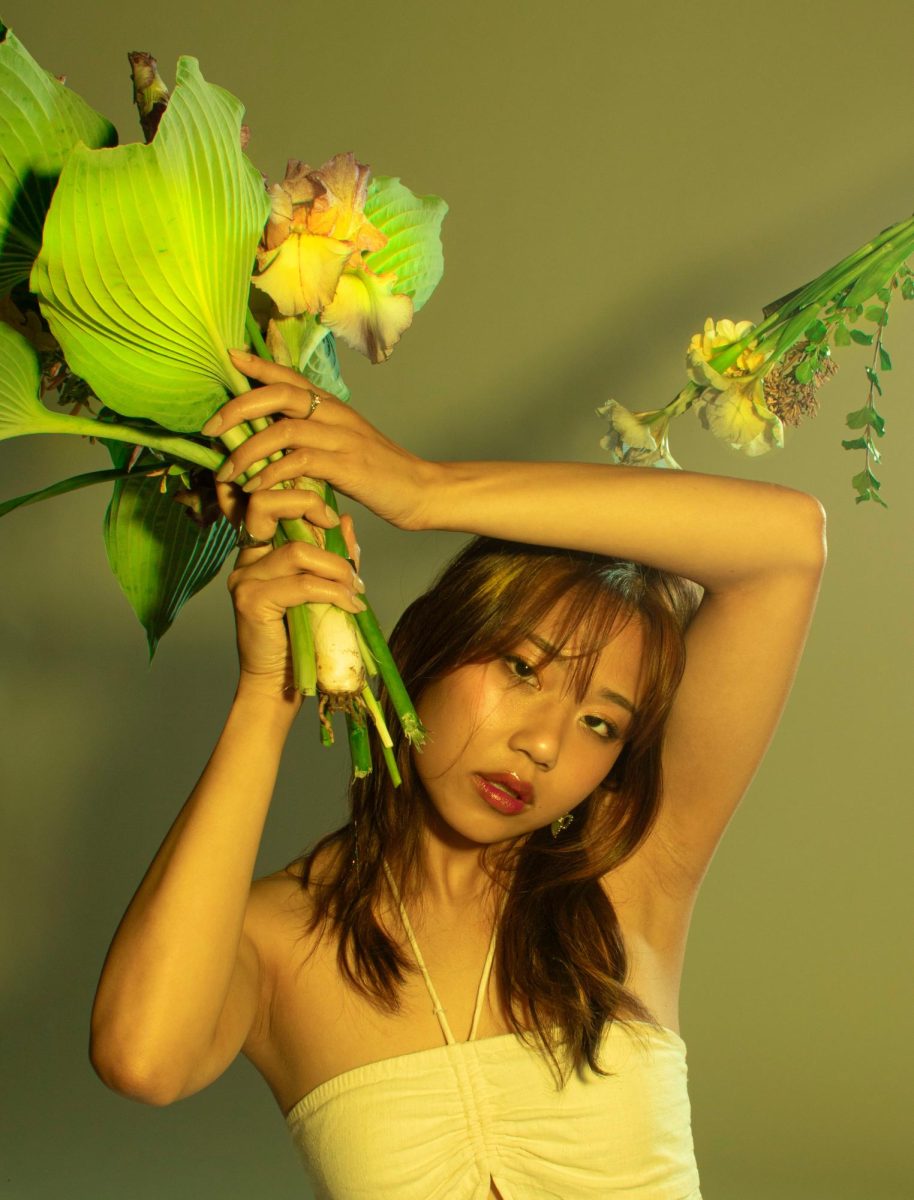Throughout art history, fruits have transcended their role as mere objects and blossomed into potent symbols. From grapes signifying abundance in celebration to apples representing temptation and knowledge in religious narratives, fruits have served as visual metaphors, enriching artworks with layers of meaning. According to Art History professor Shana Klein Reisig, of Kent State University:
“…Ever since the Renaissance period, artists have been using fruit as proxies for body parts. In the same way that critics commented on the likeness of pomegranates and the intimate body parts of women, lemons have also been depicted in later U.S. art as stand-ins for breasts; peaches for bums; and watermelons for breasts. Fruit and their peels have also been sexualized in art and likened to the unpeeling of clothes. There is a long history of artists using food to comment on the human form, and interestingly, food may have been a way for women artists and artists of color to practice depicting the nude form in time periods when they were excluded from life drawing classes.”
The pomegranate, with its beautiful appearance and blood-like stains, has become a powerful symbol, deeply intertwined with the feminine beyond art. Throughout time, the fruit has been linked to diverse themes such as fertility, life, death and rebirth. However, its most enduring association is with womanhood, often being used in the context of women’s narratives.
The connection of the fruit with women is seen in many different cultures, but it is ingrained in our collective imaginations through the story of Persephone, within Greek Mythology. In the myth, Persephone, daughter of the harvest goddess, Demeter, was abducted by Hades, god of the underworld. After eating pomegranate seeds, she was tied to the underworld and unable to permanently return to her mother, being forced to spend part of the year with her husband, thus creating the seasons.
Here, the pomegranate symbolizes the indissolubility of marriage—with Persephone’s entrapment in the underworld—and the cycle of life and death, given the goddess’ constant rotation from the underworld to Olympus. Moreover, given that Persephone is the goddess of spring, it is not difficult to understand why the fruit has been linked to fertility and abundance as well.
Although this myth has many modern retellings, usually romanticizing Hades and Persephone’s relationship, it is imperative to remember the original story. Ultimately, Hades abducted, made Persephone his wife, and tricked her into eating the pomegranate, which he knew would ensure her entrapment.

It’s interesting that many women now see the pomegranate as an empowering symbol of womanhood. Thus, while the myth initially portrays a narrative of captivity, Persephone’s descent into the underworld and her consumption of pomegranate seeds could also be seen as a journey of transformation and resilience. Being queen of the underworld, Persephone gains power and agency, challenging traditional notions of passivity and victimhood.
Pomegranates are an interesting symbol, and when concerning the narrative of Persephone’s abduction by Hades, the fruit symbolizes her entrapment and the cyclical nature of life and death. Yet, it also embodies themes of fertility and abundance, reflecting Persephone’s role as the goddess of spring and regeneration. This multitude of meanings allows women to find personal interpretations within the symbol. Ultimately, the popularity of the pomegranate as a symbol lies in its ability to capture the multifaceted essence of womanhood and its reflection of the complex realities of women’s experiences.
Support Student Media
Hi! I’m Annie Gleydura, A Magazine’s editor-in-chief. My staff and I are committed to bringing you the most important and entertaining news from the realms of fashion, beauty and culture. We are full-time students and hard-working journalists. While we get support from the student media fee and earned revenue such as advertising, both of those continue to decline. Your generous gift of any amount will help enhance our student experience as we grow into working professionals. Please go here to donate to A Magazine.



















